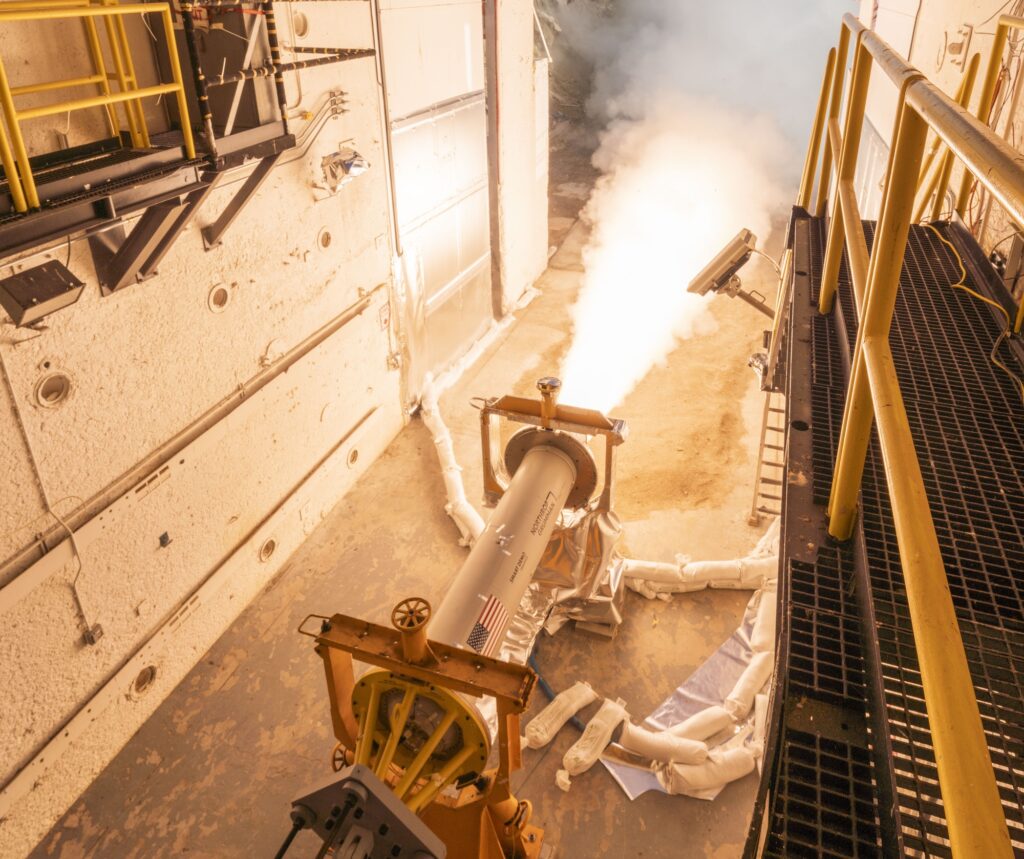Now Reading: Retired military weather satellite breaks up
-
01
Retired military weather satellite breaks up
Retired military weather satellite breaks up
WASHINGTON — A defunct military weather satellite has broken up in orbit and created more than 50 pieces of debris, the latest in a series of similar incidents involving that line of spacecraft.
The U.S. Space Force reported Dec. 19 that it had identified a “low-velocity fragmentation event” involving the DMSP-5D2 F14 spacecraft. The event took place at 9:10 p.m. Eastern Dec. 18 at an altitude of 840 kilometers, but the announcement did not disclose how much debris had been created by the event.
Two commercial space situational awareness companies, LeoLabs and Slingshot Aerospace, said they were also tracking the breakup event. Slingshot, in a Dec. 19 social media post, said they believe the breakup took place before 8:15 p.m. Eastern on the 18th, an hour earlier than the Space Force’s estimate, based on tracking from its optical ground stations.
LeoLabs, in a Dec. 20 statement to SpaceNews, said its network of radars was tracking more than 50 objects from the fragmentation of DMSP-5D2 F14.
The 750-kilogram satellite was launched in 1997 as part of the Defense Meteorological Satellite Program, operating in a sun-synchronous orbit. The spacecraft was retired in 2020 but remained in its sun-synchronous orbit.
DMSP-5D2 F14 is part of a family of spacecraft that have suffered breakups in orbit. The F12 satellite broke up in October 2016, following the breakup of F13 in February 2015. In 2004, the F11 spacecraft broke up, creating 56 pieces of tracked debris. All the satellites had a battery assembly with a design flaw that made them vulnerable to explosion.
A similar spacecraft design was used for a line of civilian polar-orbiting weather satellites operated by the National Oceanic and Atmospheric Administration. The NOAA-16 satellite broke up in November 2015, followed by NOAA-17 in March 2021.
Many of those satellites broke up despite going through a “passivation” process at the end of their lives, which includes draining batteries and venting fuel tanks. That process is designed to remove energy sources in a satellite that could cause it to break up long after being decommissioned.
Industry experts have noted that the passivation process may not be fully effective on some older satellites designed before orbital debris mitigation practices were enacted.
Stay Informed With the Latest & Most Important News
Previous Post
Next Post
Previous Post
Next Post
-
 012024 in Review: Highlights from NASA in Silicon Valley
012024 in Review: Highlights from NASA in Silicon Valley -
 02Panasonic Leica Summilux DG 15mm f/1.7 ASPH review
02Panasonic Leica Summilux DG 15mm f/1.7 ASPH review -
 03How New NASA, India Earth Satellite NISAR Will See Earth
03How New NASA, India Earth Satellite NISAR Will See Earth -
 04And Thus Begins A New Year For Life On Earth
04And Thus Begins A New Year For Life On Earth -
 05Astronomy Activation Ambassadors: A New Era
05Astronomy Activation Ambassadors: A New Era -
06SpaceX launch surge helps set new global launch record in 2024
-
 07From Polymerization-Enabled Folding and Assembly to Chemical Evolution: Key Processes for Emergence of Functional Polymers in the Origin of Life
07From Polymerization-Enabled Folding and Assembly to Chemical Evolution: Key Processes for Emergence of Functional Polymers in the Origin of Life





















